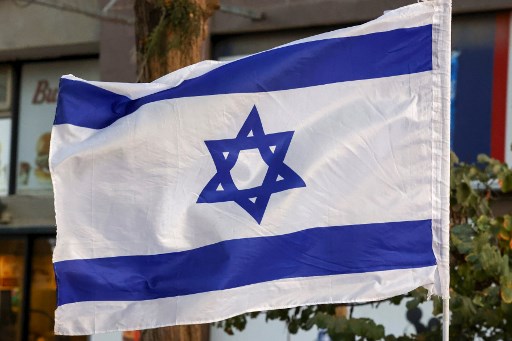
403
Sorry!!
Error! We're sorry, but the page you were looking for doesn't exist.
CPDS issues fact sheet addressing Israel's plan to establish buffer zone along Gaza's borders
(MENAFN) The Center for Political and Development Studies (CPDS) issued a fact sheet addressing Israel's plan to establish a buffer zone along Gaza's borders. This strategy, which aims to alter Gaza's geographical and demographic reality under the pretext of enhancing security, is seen as part of a broader Israeli initiative to solidify its control over the region. According to the Palestinian Center for Human Rights (PCHR), the buffer zone project is a continuation of the Israeli war efforts that began on October 7, 2023, following Operation Al-Aqsa Flood. Although presented as a security measure, it involves forced displacement and widespread infrastructure destruction, ultimately serving as a means to implement the concept of "strategic depth" for creating a permanent security barrier. The buffer zone is part of an effort to reduce Gaza's area and cause an unprecedented humanitarian crisis for the Palestinian population.
PCHR explained that Israel's actions include the systematic demolition of residential neighborhoods and agricultural lands along Gaza's northern and eastern borders, using heavy machinery and military bulldozers. The goal is to create military axes, such as "Netzarim" and "Philadelphia," which will divide Gaza into isolated sections that are easier to control. Fixed military bases have been established along these axes, equipped with advanced surveillance systems, sniper towers, and detention centers. Citizens are being pressured through continuous bombardments and the cutting of essential services to force them to relocate. The main security objectives behind the buffer zone are to prevent Palestinian fighters from infiltrating into Israeli-controlled areas, protect nearby settlements, disrupt resistance rocket and mortar fire, and destroy tunnels used by the resistance. Politically, Israel aims to use the buffer zone as leverage in future negotiations with Palestinian factions, while reinforcing its control over Palestinian land to support resettlement efforts by right-wing Israeli groups. Economically, Israel seeks to expand its control over natural resources along Gaza's border, including agricultural land and groundwater.
The creation of this buffer zone will lead to the displacement of tens of thousands of Palestinian citizens, exacerbating the internal refugee crisis and straining already overcrowded areas. It will also result in the loss of fertile agricultural land, threatening Gaza's food security, and the destruction of vital infrastructure, leading to increased unemployment and poverty. The United States has expressed opposition to permanent changes to Gaza's borders, while the United Nations has warned that Israel's actions could amount to "war crimes" and called for an end to forced displacement. Jordan and Egypt have strongly rejected the plan, citing concerns about regional security, while the Gulf states have voiced reservations and called for political negotiations post-conflict.
PCHR explained that Israel's actions include the systematic demolition of residential neighborhoods and agricultural lands along Gaza's northern and eastern borders, using heavy machinery and military bulldozers. The goal is to create military axes, such as "Netzarim" and "Philadelphia," which will divide Gaza into isolated sections that are easier to control. Fixed military bases have been established along these axes, equipped with advanced surveillance systems, sniper towers, and detention centers. Citizens are being pressured through continuous bombardments and the cutting of essential services to force them to relocate. The main security objectives behind the buffer zone are to prevent Palestinian fighters from infiltrating into Israeli-controlled areas, protect nearby settlements, disrupt resistance rocket and mortar fire, and destroy tunnels used by the resistance. Politically, Israel aims to use the buffer zone as leverage in future negotiations with Palestinian factions, while reinforcing its control over Palestinian land to support resettlement efforts by right-wing Israeli groups. Economically, Israel seeks to expand its control over natural resources along Gaza's border, including agricultural land and groundwater.
The creation of this buffer zone will lead to the displacement of tens of thousands of Palestinian citizens, exacerbating the internal refugee crisis and straining already overcrowded areas. It will also result in the loss of fertile agricultural land, threatening Gaza's food security, and the destruction of vital infrastructure, leading to increased unemployment and poverty. The United States has expressed opposition to permanent changes to Gaza's borders, while the United Nations has warned that Israel's actions could amount to "war crimes" and called for an end to forced displacement. Jordan and Egypt have strongly rejected the plan, citing concerns about regional security, while the Gulf states have voiced reservations and called for political negotiations post-conflict.

Legal Disclaimer:
MENAFN provides the
information “as is” without warranty of any kind. We do not accept
any responsibility or liability for the accuracy, content, images,
videos, licenses, completeness, legality, or reliability of the information
contained in this article. If you have any complaints or copyright
issues related to this article, kindly contact the provider above.


















Comments
No comment